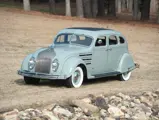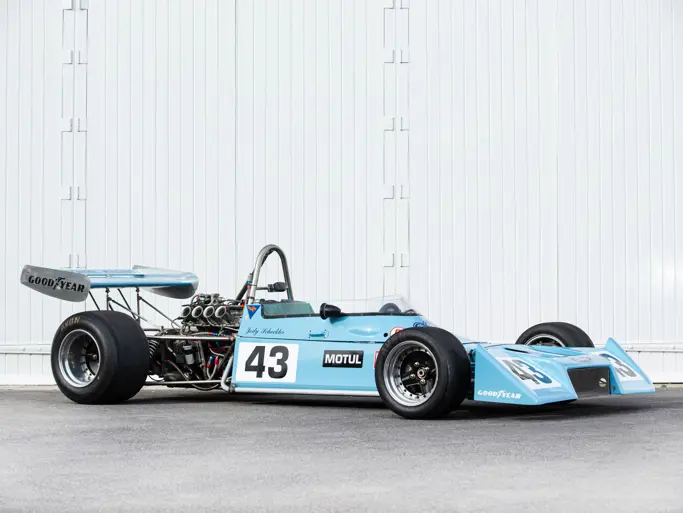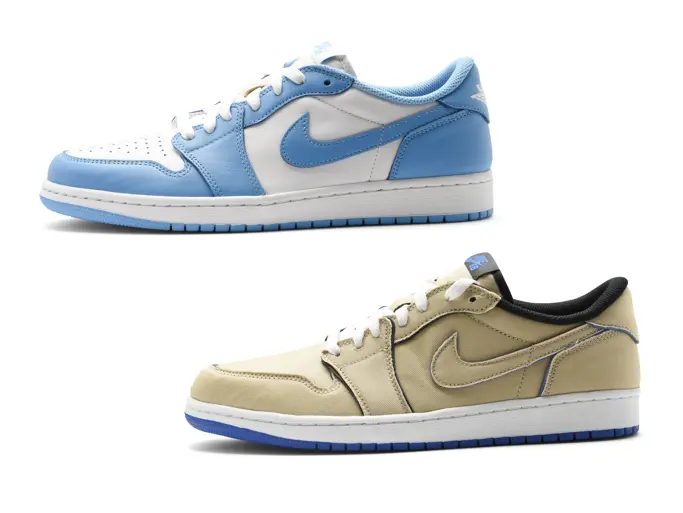Fort Lauderdale 2012
1934 Chrysler Airflow
{{lr.item.text}}
$77,500 USD | Sold
 | Fort Lauderdale, Florida
| Fort Lauderdale, Florida
{{internetCurrentBid}}
{{internetTimeLeft}}

The Chrysler Airflow was a brilliant and revolutionary creation with the promise of cutting-edge design and technology. Though it was incredibly modern in looks, the public wasn't quite ready for it. Following the wake of the Great Depression, the Airflow was just too advanced and too different for many consumers. The collectors and enthusiasts of today nevertheless covet and appreciate these radical cars, which foreshadowed many modern design elements. Chrysler launched the Airflow in 1934, to great fanfare, at the New York Auto Show. It adhered to the design axiom that "fashion follows function".
Credit for the Airflow is properly given to engineer Carl Breer, who with Owen Skelton and Fred Zeder formed Chrysler’s “Three Musketeers”. The streamlined shape was the result of groundbreaking wind tunnel research with the assistance of aviation expert Orville Wright to study which forms were the most efficient shapes in nature that could be suitable for an automobile. The Airflow’s semi-unitary “truss bridge” chassis was based on contemporary aircraft construction principles. The eight-cylinder engine was placed directly over the front axle, which allowed the seats to be located entirely within the cars wheelbase, resulting in a roomy and comfortable passenger compartment and a remarkably smooth ride. Needing superior handling dynamics, an innovative suspension system was designed.
The engineers chose to look into ways that a vehicle could be built, by applying what they learned about shape, to utilize monocoque construction to strengthen the manufacture of the car while reducing its overall drag, which also increased the power-to-drag ratio as the more streamlined body allowed air to flow around it instead of ‘being caught through upright forms, such as radiator grilles, headlights and windshields'. The windshield was composed of two sheets of glass that formed a raked 'vee' both side to side, and top to bottom instead of a flat panel of glass.
At a time when automakers like Ford, GM and even Chrysler continued to use wood structural framing members in their car bodies, the Airflow utilized a full steel body to carry its passengers which rested between the wheels instead of upon them. The rear seat was deeper, and the front seat was wider than in other vehicles. The Airflow possessed a better power to weight ratio, and its structural integrity was stronger than any other similar models of the day. Chrysler called it "The first real motorcar". It was an engineering triumph, incorporating a combination of features rare when the Airflow was introduced, but eventually to become commonplace in automotive design.
The beautiful Airflow being offered has undergone a complete restoration that was completed in June of 2011 at a cost of nearly $200,000. There is a detailed list of all invoices that will accompany the car to its new home. Every nut and bolt was removed, cleaned or replaced. The engine, brakes, rear end and fuel tank were all rebuilt. This car features the eight-cylinder engine, three-speed with overdrive and free-wheeling transmission, and four-wheel hydraulic drum brakes. This is one of only 7,226 produced.





